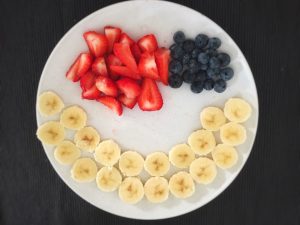College life is intensive and tough. We need to study every single day from Monday to Friday. By the evening we would be tired, irritable and unable to concentrate. Then, we sleep during the night without foods. The first thing in the morning when we wake up is to have breakfast—breakfast really is the most important meal of the day.
The best thing of living in the Greenbelt from the daily life perspective for me is to have a kitchen in the house. I am a breakfast person, so I need to take time to sit down and have a nice first meal of the day before undertaking the day’s work. With the nice little kitchen in our house, I can start my day with a nutritional breakfast. I enjoy preparing my breakfast every because I can eat different things—vegetable smoothies, low-cal pancake, oatmeal, fresh fruits, porridge, etc. I feel fulfilled and happy everyday walking to classrooms.
In addition, Greenbelt housing has really good views. I live right beside the Swan lake. I can see white and black swans, ducks, and fish everyday. This lively scenery every morning makes my day. Especially if the previous night rains, the air is really fresh in the morning. Then, I can see folks from the campus and the greater Greenville community walking, biking, or relaxing. I feel that I live in a lively community and everyday is a better start.
-Tingyu Wang
